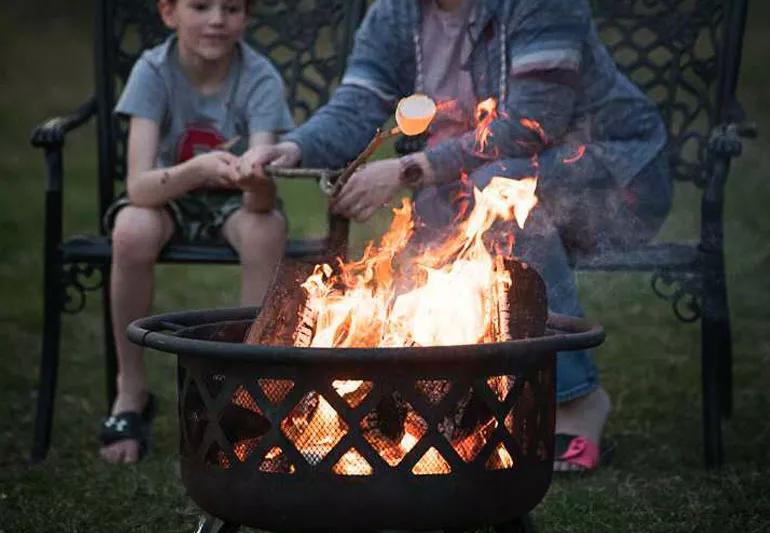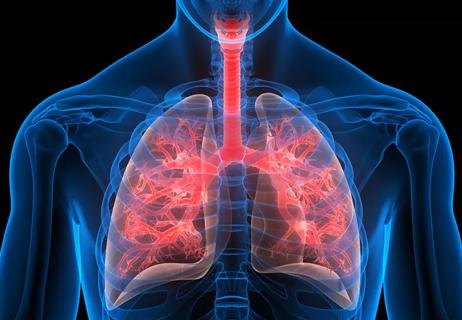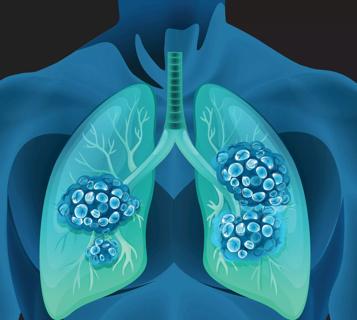Some tips to make your next fire safer

Planning to gather friends or family around a crackling bonfire or cozy fire pit? Absorb the atmosphere — not the smoke.
Advertisement
Cleveland Clinic is a non-profit academic medical center. Advertising on our site helps support our mission. We do not endorse non-Cleveland Clinic products or services. Policy
Wood smoke contains millions of tiny particles. When you breathe in smoke, the particles can get deep into your respiratory system.
You’ve likely experienced the results before — stinging eyes, runny nose and coughing. These symptoms are short-lived for most people. But for those with underlying respiratory illnesses, inhaling smoke is dangerous.
Here’s how to protect your lungs and make your next fire safer, according to pulmonologist Bohdan Pichurko, MD.
Most people can enjoy an outdoor fire safely by not sitting too close and not breathing in the smoke. But it’s a different story for the nearly 40 million Americans with asthma or chronic obstructive pulmonary disease (COPD), including emphysema, says Dr. Pichurko.
“If you have an underlying respiratory disease, inhaling smoke from wood, even briefly, can cause a chain of airway tightening that can land you in the emergency room. If you have asthma or COPD, take extra precautions,” he advises. “Sit as far from the fire as possible, and pay attention to which way the wind is blowing at all times.”
Smoke isn’t the only health hazard you should avoid. The heat itself is harmful. “Inhaling air that is consistently at a higher temperature than the surrounding air can cause more damage to the lining of your lower respiratory tract than smoke inhalation,” says Dr. Pichurko.
Advertisement
If you feel intense heat on your hands or face, that’s a clear signal that the air you’re breathing is too hot and you should move back from the fire.
If you’re like most people, you may not give much thought to constructing your fires. But Dr. Pichurko says you should. Here are his seven best tips for building safer fires outdoors:
So don’t say goodbye to toasted marshmallows or cozy nights. Follow the tips outlined above, and you’re on your way to enjoying outdoor fires safely.
Advertisement
Learn more about our editorial process.
Advertisement

The right treatment starts with the right diagnosis

Early detection and screening are important

When something like food or drink goes down your windpipe rather than your esophagus, it can cause coughing and sometimes choking

To avoid swimmer’s eye, wear goggles, use eye drops and flush out your eyes with fresh, clean water when irritated

There’s no safe way to find, handle, repair or remove asbestos yourself — it’s always a job for a professional

Keep kids safe while they swim by staying vigilant and setting up a safe pool environment

Look for a UPF rating of 50+ for optimal protection against UV rays

A sunburn will leave you itchy and red, while sun poisoning can feel like an allergic reaction

If you’re feeling short of breath, sleep can be tough — propping yourself up or sleeping on your side may help

If you fear the unknown or find yourself needing reassurance often, you may identify with this attachment style

If you’re looking to boost your gut health, it’s better to get fiber from whole foods